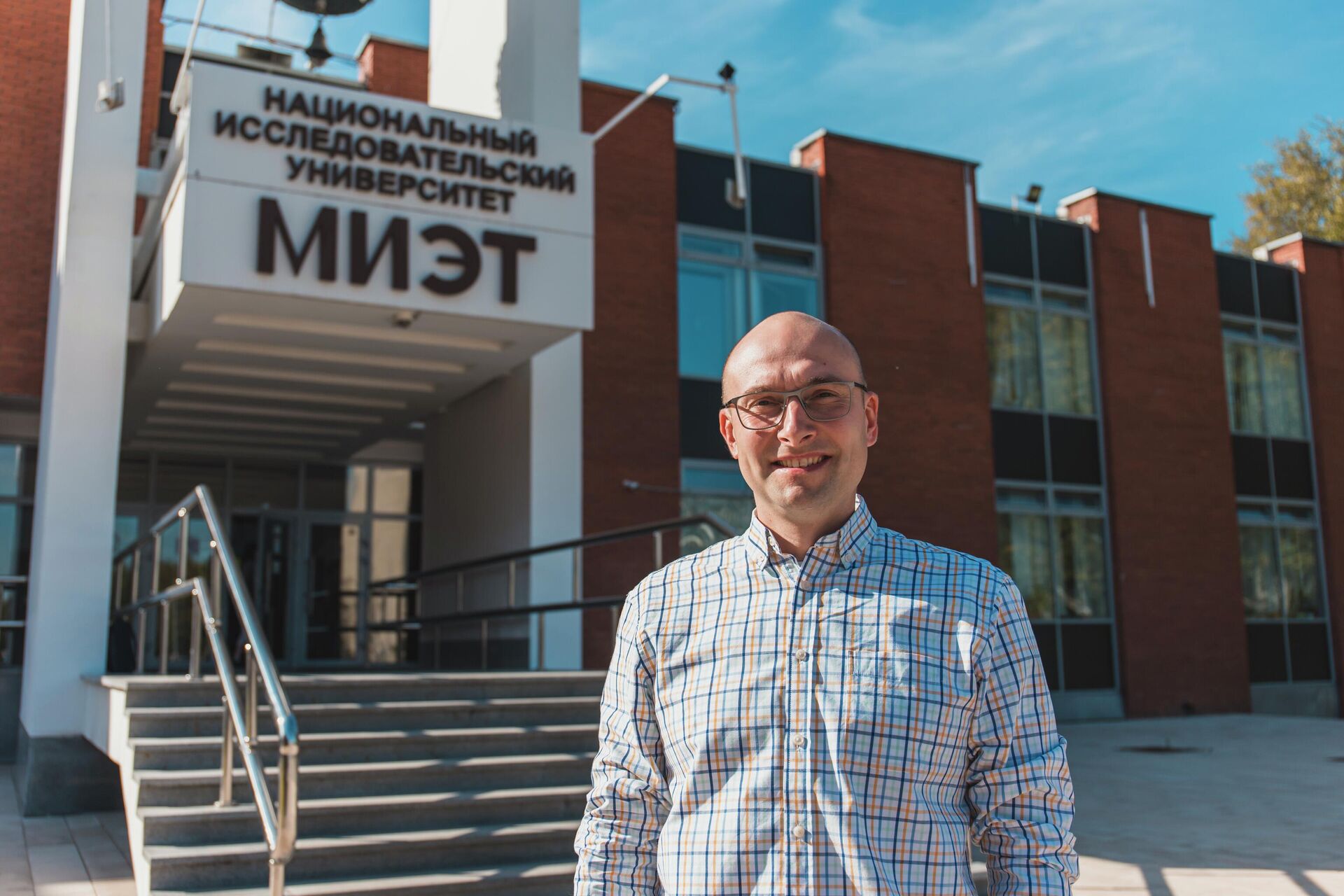https://sputnikglobe.com/20220912/russian-scientists-develop-new-method-to-heal-wounds-without-scars-1100633197.html
Russian Scientists Develop New Method to Heal Wounds Without Scars
Russian Scientists Develop New Method to Heal Wounds Without Scars
Sputnik International
The world's first surgical method for healing incisions - in both internal and external organs - without scarring was developed by scientists from the National... 12.09.2022, Sputnik International
2022-09-12T07:55+0000
2022-09-12T07:55+0000
2023-04-21T10:42+0000
russia
biology
science & tech
scientific research
https://cdn1.img.sputnikglobe.com/img/07e6/09/0a/1100634915_0:160:3073:1888_1920x0_80_0_0_1ea6dbefc8aee9b5a95f821da1e68d5d.jpg
According to them, the proposed laser technology is highly efficient, accurate and inexpensive. Results of the study have been published in the journal Bioengineering.The methods of healing incisions used today have a number of limitations, the scientists said. The use of traditional sutures created with a needle and thread is limited in operations on mucous membranes, blood vessels and other delicate tissues. Stitching using electric and ultrasonic welding can do damage to healthy tissue, and the strength of adhesive bonds is often insufficient, experts said.According to him, this effect is provided by the unique composition of the solder, which is based on albumin, a blood transport protein, as well as an optical absorber indocyanine green and single-walled carbon nanotubes.The laser device itself is equipped with a smart temperature feedback system that allows you to control the intensity of laser radiation. With the help of software, the laser heating of biological tissue occurs with an accuracy of 0.5 °C.Immediately after the operation, laser sutures with bioorganic solder have a width that is three to four times smaller than that of a suture sewn with a thread. 10 days after the operation, the tissues in the area of the new type of suture are practically indistinguishable from the original skin, the scientists stressed.Tests of the new method not only showed the effective healing of linear skin incisions, but also a concomitant reduction in inflammation, the absence of microcirculatory disorders, and acceleration of connective tissue growth at the wound site, the creators noted. At this stage, the technology is undergoing experimental studies on various tissues of the body. The scientific team has already tested a new method for the restoration of mucous membranes in maxillofacial surgery, blood vessels, and articular cartilage in orthopedics.The study was conducted as part of the implementation of the federal program "Prioritet 2030".
russia
Sputnik International
feedback@sputniknews.com
+74956456601
MIA „Rossiya Segodnya“
2022
Sputnik International
feedback@sputniknews.com
+74956456601
MIA „Rossiya Segodnya“
News
en_EN
Sputnik International
feedback@sputniknews.com
+74956456601
MIA „Rossiya Segodnya“
Sputnik International
feedback@sputniknews.com
+74956456601
MIA „Rossiya Segodnya“
russia, biology, science & tech, scientific research
russia, biology, science & tech, scientific research
Russian Scientists Develop New Method to Heal Wounds Without Scars
07:55 GMT 12.09.2022 (Updated: 10:42 GMT 21.04.2023) The world's first surgical method for healing incisions - in both internal and external organs - without scarring was developed by scientists from the National Research University of Electronic Technology (MIET) and Sechenov University.
According to them, the proposed laser technology is highly efficient, accurate and inexpensive. Results of the study have been published in the journal
Bioengineering.
The methods of healing incisions used today have a number of limitations, the scientists said. The use of traditional sutures created with a needle and thread is limited in operations on mucous membranes, blood vessels and other delicate tissues. Stitching using electric and ultrasonic welding can do damage to healthy tissue, and the strength of adhesive bonds is often insufficient, experts said.
"We were able to prove the advantage of laser technology for the repair of soft tissue wounds over traditional surgical methods. The technology allows you to quickly obtain a hermetic seam with a minimum size, which in the future will not leave behind a rough, noticeable scar," said Alexander Gerasimenko, head of the study and associate professor at the Institute of Biomedical Systems at MIET.
According to him, this effect is provided by the unique composition of the solder, which is based on albumin, a blood transport protein, as well as an optical absorber indocyanine green and single-walled carbon nanotubes.
The laser device itself is equipped with a smart temperature feedback system that allows you to control the intensity of laser radiation. With the help of software, the laser heating of biological tissue occurs with an accuracy of 0.5 °C.
"The components of the solder are selected so as to absorb laser radiation as much as possible, concentrating it in the wound area. Under the action of radiation, the liquid solder is transformed into a solid porous biocomposite that firmly connects the edges of the cut. In the process of further healing, the composite promotes the growth of tissues into its structure, and then dissolves and is excreted from the body," Gerasimenko explained.
Immediately after the operation, laser sutures with bioorganic solder have a width that is three to four times smaller than that of a suture sewn with a thread. 10 days after the operation, the tissues in the area of the new type of suture are practically indistinguishable from the original skin, the scientists stressed.
Tests of the new method not only showed the effective healing of linear skin incisions, but also a concomitant reduction in inflammation, the absence of microcirculatory disorders, and acceleration of connective tissue growth at the wound site, the creators noted.
“Our technology of laser tissue reconstruction allows us to reduce the duration of postoperative rehabilitation, which will make it possible to reduce the cost of medical services and materials. Due to the low cost, the operation will be available to a wide range of patients,” said Gerasimenko.
At this stage, the technology is undergoing experimental studies on various tissues of the body. The scientific team has already tested a new method for the restoration of mucous membranes in maxillofacial surgery, blood vessels, and articular cartilage in orthopedics.
The study was conducted as part of the implementation of the federal program "Prioritet 2030".


